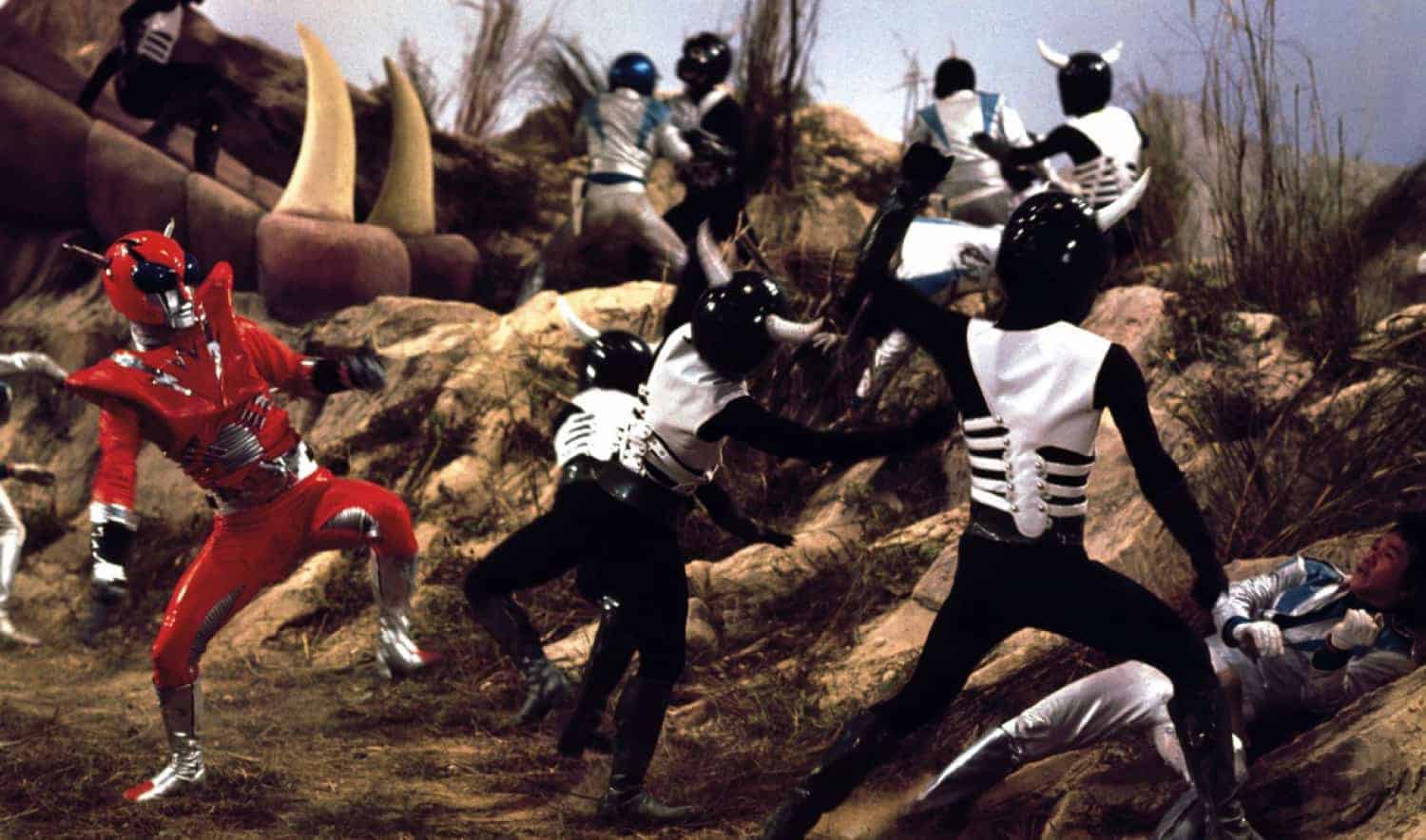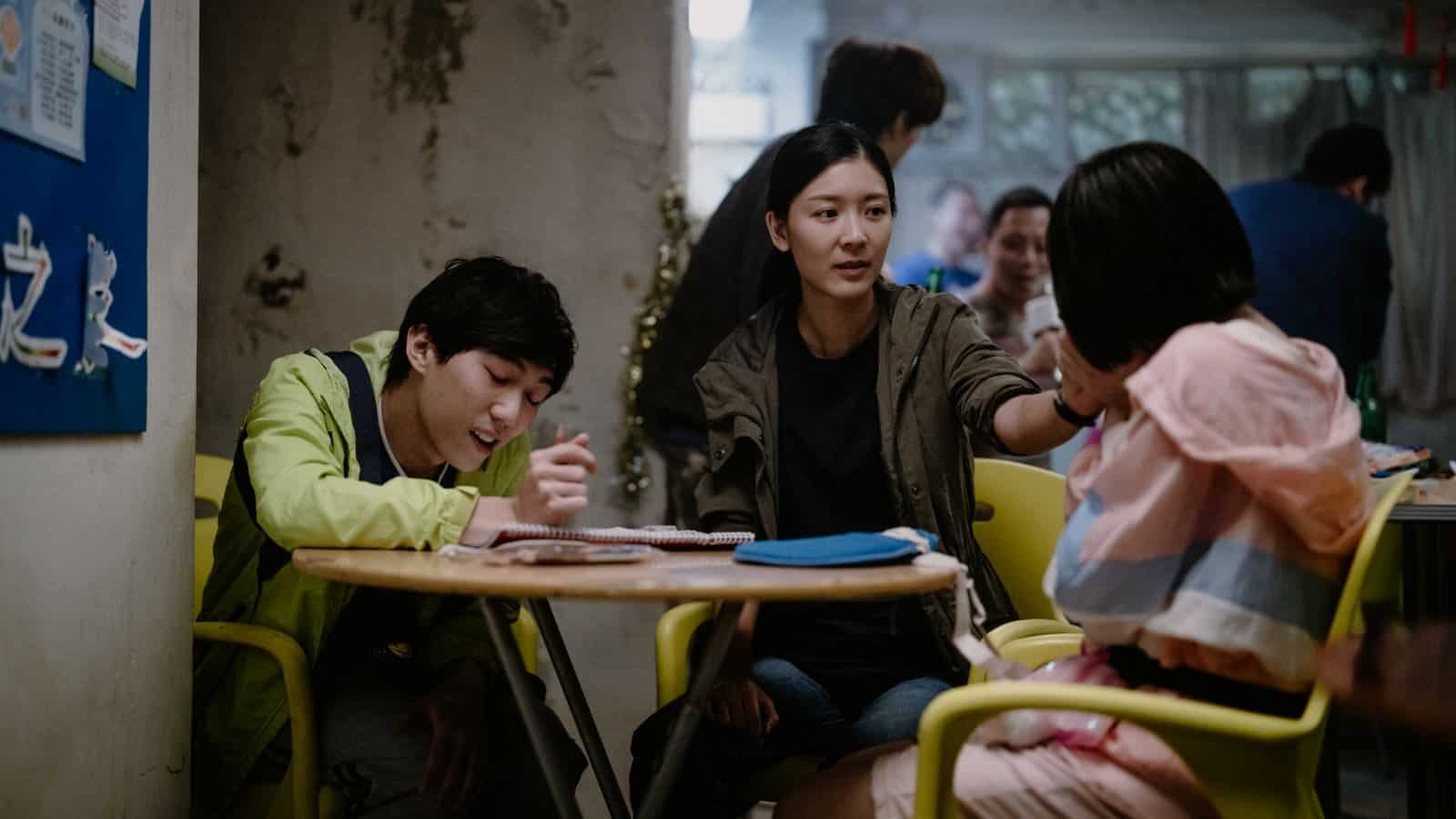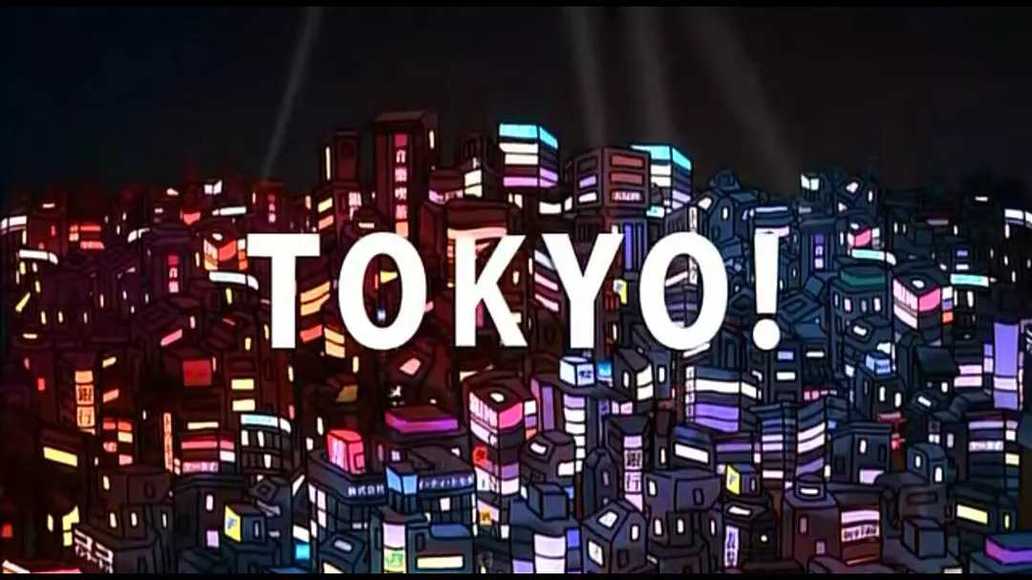“Evil Does Not Exist” is the ninth feature film by Ryusuke Hamaguchi, who recently received the Silver Lion award at the 80th edition of the Venice International Film Festival, in addition to the FIPRESCI Award from the International Federation of Film Critics. Furthermore, during the 67th edition of the BFI London Film Festival, the film was honored with the title of “Best Film”.
“Evil Does Not Exist” in Venice International Film Festival

The narrative unfolds within a secluded mountain town in Japan, precisely within the picturesque village of Harasawa. Here, a closely-knit local community leads a tranquil existence, deeply immersed in the harmonious balance between the peaceful rhythms of the surrounding woods and the timeless beauty of nature. Gradually, the distinctive inhabitants of the village come into focus, notably the versatile handyman Takumi (portrayed by Hitoshi Omika) and his daughter, Hana (Ryo Nishikawa). The daily life in Harasawa exudes simplicity, bordering on the idyllic. The babbling of the stream courses gently through rocks and trees, a feather gracefully descends onto pristine snow, the warm aroma of udon noodles fills the air within the cozy confines of small shops, the echoes of wood being hewn, and the curious footsteps of a child exploring the enchanting woods – these are the essence of existence here.
Check also this interview
The inner and outer equilibrium of this village is abruptly disrupted by the unanticipated arrival of two representatives from a Tokyo-based company. Their mission? To seek the approval of the villagers for the development of a “glamping” site, a novel and upscale form of camping tailored to the desires of modern tourists. The irreconcilability between urban reality and the village comes to life in what I would personally define as the most captivating scene of the entire work. During a community meeting, the residents of Harasawa eloquently, passionately, and at times humorously express their concerns about the glamping project, exposing the delicate nerve of the capitalist system. Nevertheless, it's not a simple dichotomy between the village and the capital. In fact, we soon discover that the two corporate representatives are merely pawns of a larger, overbearing power who ostensibly advocates for the small community.
Overall, the acting and directorial style are characterized by their simplicity, lacking in sophistication and intricacy. The true strength of this film, however, resides in its soundtrack, composed by the talented musician Eiko Ishibashi, who previously contributed to the score of “Drive My Car”. It is crucial to consider that “Evil Does Not Exist” originated as a musical project before evolving into an actual film. In fact, Ishibashi initially requested Hamaguchi to create visual imagery for her pre-existing musical compositions, subsequently developing a feature-length film together. The skilled composer crafts dramatic and often unsettling soundscapes, undeniably elevating the modest visual aesthetics of the sequences.
There were several themes that Hamaguchi could have, I won't say critically analyze, but at least address – such as eco-criticism and eco-anxiety, Japan's industrialization, or even the inherent malevolence in nature itself. Yet, he decides, more or less deliberately, to leave everything in a purely superficial state. This stylistic-directorial choice would be less debatable if it weren't for the unexplained inconsistency in the film's final sequence. Indeed, for an hour and a half, the viewer becomes accustomed to the dry sobriety of the acting and mise-en-scène, as well as the semi-documentary essence of “Evil Does Not Exist”. However, the last ten minutes of footage completely subvert these structural premises.
The repressed violence simmering beneath the surface – accumulating between moments of silence – erupts into a sudden excess of brutality, reminding us that evil does exist. As far as I'm concerned, the problematic nature of this startling and unexpected ending lies in its niche quality. While it is understandable and commendable to choose not to create a didactic film, avoiding the underhanded high risk of moralism lurking behind the “man vs nature” trope, the result is a mere division between those who believe they have grasped the meaning of the work and those who feel left out. Let me clarify further: if Hamaguchi's intention was not to present us with pre-existing truths but to prompt reflection through the element of a cryptic twist, the result is weak, if not mediocre. The contradiction lies precisely in the fact that this work will be remembered more for the mystifying nature of its final scenes than anything else. My position may appear contrarian compared to the prevailing sentiment, but there is a concern that after the overwhelming success of “Drive My Car”, Hamaguchi might become entrenched in a certain type of cinema that is so impenetrable and pseudo-authorial as to be essentially inconsistent. Without a doubt, to address this Hamlet-like question, we will need to closely monitor his future productions.
In conclusion, Hamaguchi has crafted a work that pays homage to arthouse films, making its enigmatic nature its cornerstone. Unfortunately, this alone may not be sufficient.















